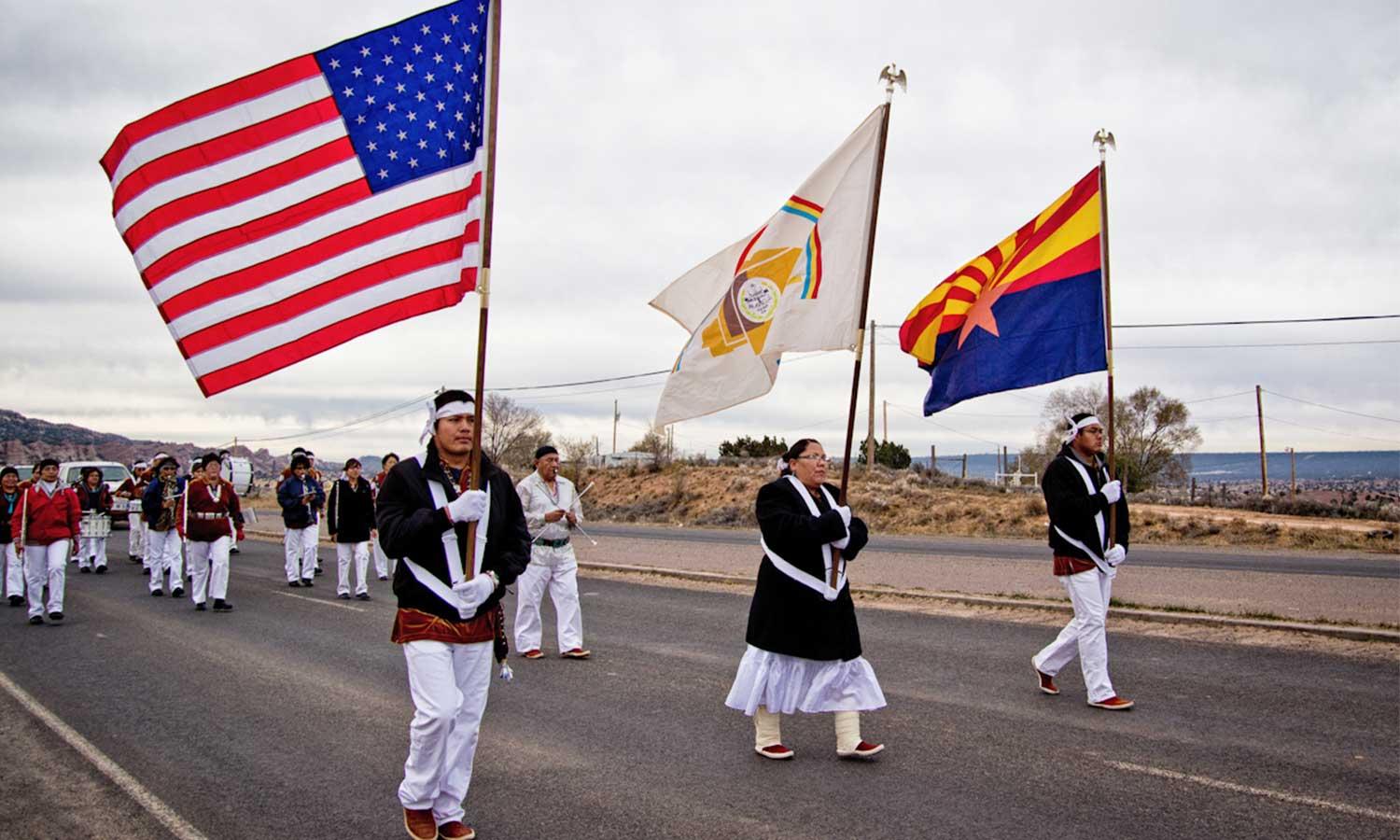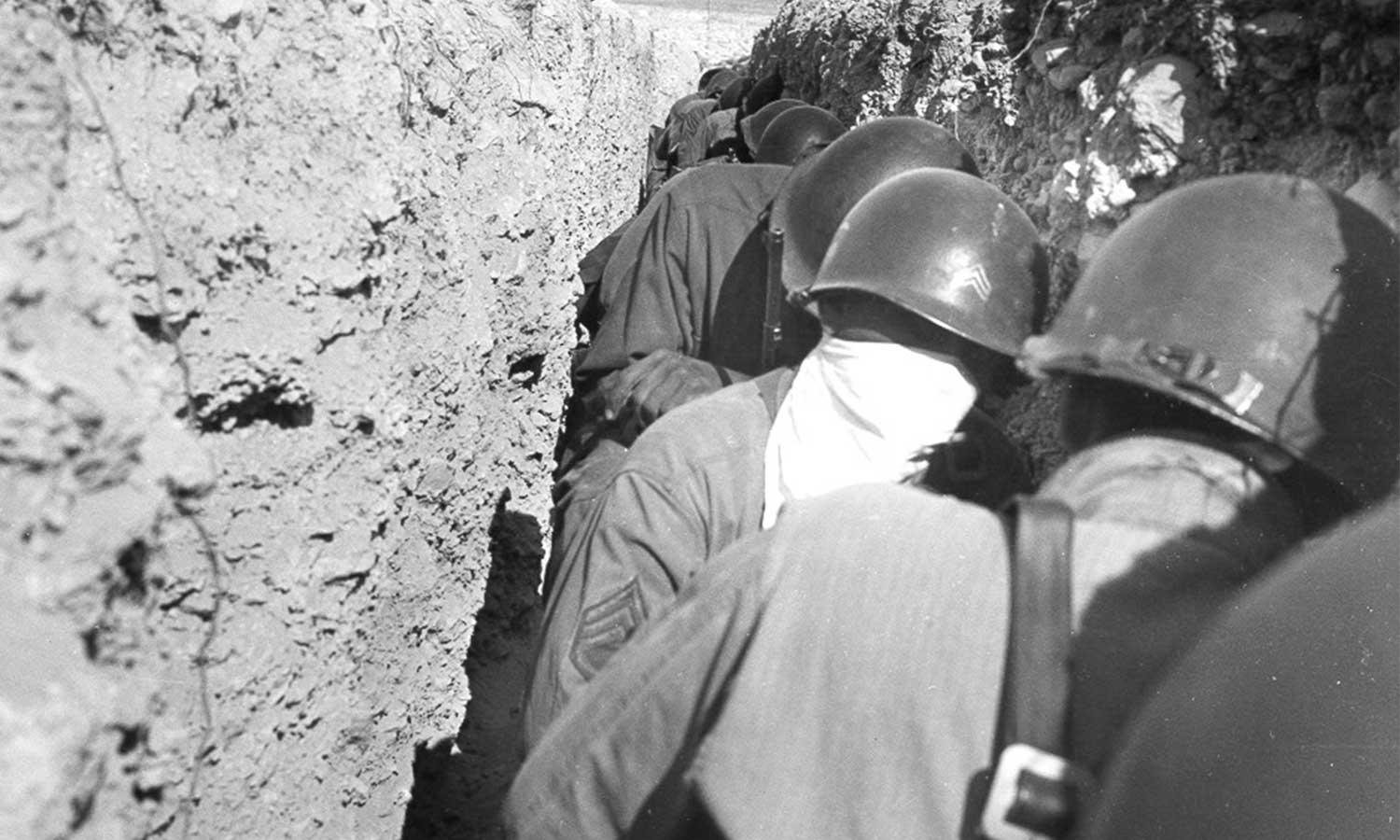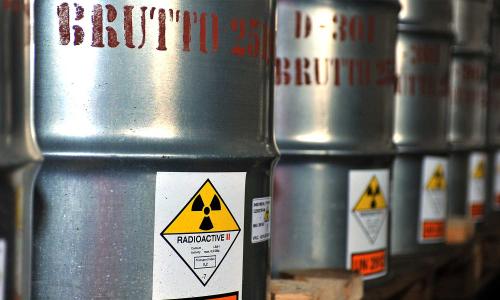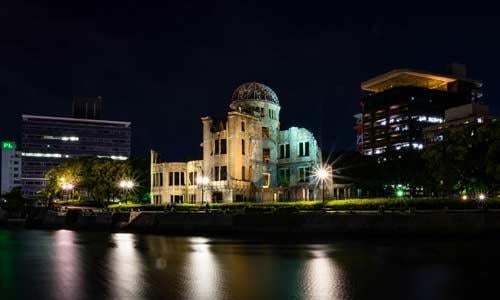"Nuclear frontline communities" are people and communities directly harmed by the development, production, testing, clean-up, and waste storage of nuclear weapons and nuclear materials.
While estimates vary widely and are inherently uncertain, studies suggest that these activities have likely caused tens to possibly hundreds of thousands of deaths and severe illnesses. Nuclear frontline communities faced, and often continue to face, high levels of exposure to radiation and other toxins, and as a result suffer disproportionate health, environmental, and cultural harms.
To add insult to injury, the US government has often suppressed and hid this harm, perpetuating the myth that nuclear weapons and their production during the Cold War was safe and necessary. For the victims of US nuclear weapons activities, not only were nuclear weapons not safe, but the harm they endured could have been prevented by more careful policies and practices.
The severe consequences of exclusivity
Since the beginning of the Manhattan Project during the early 1940s, older white men have dominated decisions around nuclear weapons. This exclusivity carried serious consequences for the direction of nuclear policy.
For example, the process of creating nuclear weapons, from uranium mining and processing, to production, to testing, to the mountains of waste they leave behind, puts workers and those nearby at risk from radiation and other toxic exposure. But the affected communities were never included in these decisions—and in large part continue to be excluded from nuclear policy discussions. Their exclusion played a major role in enabling the existence of our current nuclear weapons arsenal. This is a clear case of environmental racism and injustice: the communities harmed are often Indigenous, of color, poor, and rural.

Examples of nuclear frontline communities
Patterns of exclusivity, colonialism, and environmental racism are tragically common among nuclear weapons states. Examples of the of the harm perpetuated on communities by the US nuclear weapons program include:
Exposing uranium mining workers and mining communities to hazardous environments without their consent. Starting in the 1940s, the United States rapidly expanded uranium mining to build nuclear weapons. Mining took place across the Western and Southwestern United States.
The Environmental Protection Agency (EPA) has documented more than 15,000 sites associated with uranium mining in the US, including more than 4,000 mines and more than 500 abandoned uranium mines in the Navajo Nation. Beginning in the 1950s, the government knew that US uranium workers were working in deadly environments that could cause serious health impacts like lung cancer, but chose not to inform workers or improve working conditions. Today, studies like the Navajo Birth Cohort Study have found that people living on the Navajo Nation, including babies, have extremely elevated levels of uranium contamination in their bodies.
Testing nuclear weapons in the Marshall Islands. The United States colonized the Marshall Islands after it was occupied by the Japanese in World War II. Between 1946 -1958, it tested 67 nuclear weapons in the Marshall Islands—roughly the equivalent of dropping 1.6 Hiroshima-sized bombs every single day for 12 years. Before the US government began testing, it told the Marshallese people that it would be “for the good of mankind.” But testing carried major permanent impacts; it spread radioactive contamination, vaporized some islands completely, and left many permanently uninhabitable, putting people in a state of permanent exile.
The Republic of the Marshall Islands became a sovereign nation in 1979. Marshallese people continue to suffer from cancers and other long-term health effects caused by radiation exposure. According to the Republic of the Marshall Islands National Nuclear Commission’s (NNC) 2019 national strategy plan for nuclear justice, many Marshallese residents, especially those on the most exposed atolls, “live with a daily fear of how their health might be affected by long-term exposure to radiation."
Conducting hundreds of nuclear weapons tests in the southwestern United States and spreading radioactive material across the country. One hundred of these tests were performed above-ground at the Nevada Test Site. People living and working around these areas are now known as “downwinders,” as they were exposed to often dangerous levels of radioactive fallout. A 1984 federal district court decision found the US government negligent in informing residents of the risks and monitoring exposures.
The Nevada Test Site, located in southeastern Nevada, about 65 miles (105 km) northwest of Las Vegas, is located on the land of the Western Shoshone people, and according to the Western Shoshone, the US government established the NTS in violation of a treaty with the nation. Ian Zabarte, Principal Man of the Western Bands of the Shoshone Nation of Indians, has written that the Western Shoshone is the “most bombed nation on Earth.”
In addition, the first ever nuclear weapons test—the 1945 Trinity Test in New Mexico—exposed residents in the area, while testing in the Pacific exposed people in US territories like Guam.
Exposing US workers across hundreds of weapons production sites to radioactive and other toxic chemicals. For example, the Hanford Nuclear Site in Washington State is considered the most contaminated nuclear site in the Western Hemisphere, with clean up estimated to take decades and cost billions of dollars a year. Hanford’s creation displaced thousands of nearby residents and many Tribal nations, including the Confederated Tribes of the Umatilla Indian Reservation, the Confederated Tribes and Bands of the Yakama Nation, the Nez Perce Tribe, and the Wanapum Tribe. Workers continue to be threatened by exposure during the process of cleaning up radioactive waste, and residents near the site also attribute cancers and other illnesses to intentional and unintentional releases of radioactive materials during Hanford’s operation.
Exposing hundreds of thousands of US service members to radiation during the Manhattan Project as a result of the bombings in Japan during World War II, or during nuclear weapons tests and cleanup of radioactive material and waste. The Defense Threat Reduction Agency has recognized over 550,000 “Atomic Veterans” who were or could have been exposed to radiation. For decades these service members were sworn to secrecy, forced to deal with the often debilitating mental and physical health consequences of their exposure alone. This designation does not include service members involved in the cleanup of nuclear waste or from nuclear accidents, who are still fighting for compensation.

What can we do?
These communities demonstrate incredible strength and resilience in the face of harm. For decades, they have advocated for the justice they deserve but are so often denied. Because of their tireless work, multiple federal programs exist to recognize the harm caused to these communities and compensate them for the health issues they have suffered. Some of the groups doing this important work include:
- Alliance for Nuclear Accountability (National)
- Alliance for Nuclear Workers Advocacy Groups (National)
- COFA Alliance National Network and COFA Alliance National Network of Washington
- Cold War Patriots(National)
- Concerned Citizens for Nuclear Safety (NM)
- Consequences of Radiation Exposure, The Downwinders Information Channel (WA)
- Marshallese Educational Initiative (AR)
- Multicultural Alliance for a Safe Environment (NM)
- National Association of Atomic Veterans (National)
- Tewa Women United (NM)
There is still work to be done. The federal government has been negligent in monitoring exposure and slow to act, in many cases denying exposure and even suppressing relevant studies and data about exposure.
As a result, these programs create a patchwork of inconsistent, inadequate coverage with gaping holes. They are often very limited in scope, exclusive, challenging for claimants to navigate, and in some cases, may soon expire. The Union of Concerned Scientists (UCS) supports the ongoing improvement and expansion of these programs to make sure that they adequately compensate people, are easy to use, and give those claiming harm the benefit of the doubt in establishing exposure and compensation. These programs include:
- The Radiation Exposure Compensation Act (RECA), which covers some downwinders and on-site participants of some atmospheric nuclear weapons tests and some uranium workers.
- The Energy Employees Occupational Illness Compensation Program Act (EEOICPA), which covers civilians employed at Department of Energy nuclear weapons production sites.
- Veterans Affairs benefits, provided by the Radiation-Exposed Veterans Compensation Act, which covers some of the veterans exposed to radiation during their service.
- The Compact of Free Association between the Marshall Islands and the United States established the Nuclear Claims Tribunal to adjudicate personal injury and property damage claims related to nuclear testing on the islands. According to the NNC, “The Tribunal ran out of funds and payments ceased in mid-2009, leaving more than $23 million in personal injury awards and $2.2 billion in property damage awards unpaid.”
- Of note, there are currently no programs that compensate or recognize residents who lived downwind of nuclear production sites, such as Hanford in Washington State or Rocky Flats in Colorado.
Scientists can play a powerful role in these programs and ongoing efforts to assess them. It is vital for independent scientific assessments to review historical exposures and relevant information to support appropriate compensation for all affected communities.
While we fight for justice for existing nuclear weapons frontline communities, we must also ensure that no more people are harmed by these weapons. We oppose any resumption of above-ground explosive nuclear weapons testing, the expanded production of plutonium pits (the triggers for nuclear weapons), and the development of new and unnecessary nuclear weapons. We also work to completely eliminate the threats of nuclear weapons through complete global abolition. Get involved
*Photo Credit: Donovan Shortey/Flickr




